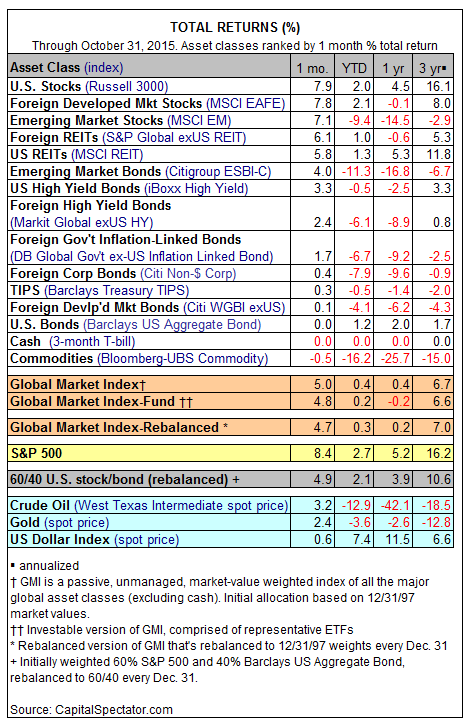@VintageFreak,
While George Schipp manages the Sterling
Capital Special Opportunities Fund, the bigger question will be will Sterling allow an exchange from one grandfathered Stratton Fund, which will be an "I" class fund, to another Sterling "I" class fund?
I've looked through the some of the prospectuses, but I am not sure if there is specific language permitting the exchange proposed above.
You will need to get in a Stratton application pretty quick if you are interested.
Here is the some language from the new acquired Sterling Stratton Funds concerning "I" shares,
http://www.sec.gov/Archives/edgar/data/889284/000119312515260495/d24863d485bpos.htm* Investors purchasing shares through Branch Banking and Trust Company, its affiliates or other financial service providers or intermediaries approved by the Fund, employees of Sterling
Capital, trustees of the Sterling
Capital Funds, and investors who were shareholders of the Predecessor Fund at the time of the reorganization between the Predecessor Fund and the Fund are not subject to a minimum initial investment requirement.
Here is the language concerning "Exchanges" from the same filing:
Exchanging Your Shares:
You generally can exchange your shares in one Fund for shares of the same class of another Sterling
Capital Fund, usually without paying additional sales charges (see “Notes on Exchanges” below).
You must meet the eligibility requirements for the Sterling Capital Fund into which you are exchanging. Exchanges from one Fund to another Sterling
Capital Fund are taxable. You may deposit redemption proceeds into the Sterling
Capital Deposit Account. Institutional Shares may also be exchanged for Class A Shares of the same Fund if you cease to be eligible to purchase Institutional Shares. Institutional Shares of each Fund may not be exchanged for Class C Shares. No transaction fees are currently charged for exchanges. Furthermore, the exchange of Institutional Shares for Class A Shares will require payment of the sales charge unless the sales charge is waived. Please consult the Class A and Class C Shares prospectus for more information.
Finally, there is this for institutional funds:
Closing of Small Accounts:
If your account holding Institutional Shares falls below $1,000,000, the Fund may ask you to increase your balance, except investors who were shareholders of a Predecessor Fund at the time of the reorganizations between each Predecessor Fund and its corresponding Sterling
Capital Fund. If your account is still below $1,000,000 after 60 days, the Fund may close your account and send you the proceeds at the current NAV.
I hope I am wrong, but looking on surface of the above information, I am not sure Sterling will allow an exchange from a grandfathered Stratton fund "I" class to another "I" class fund.

